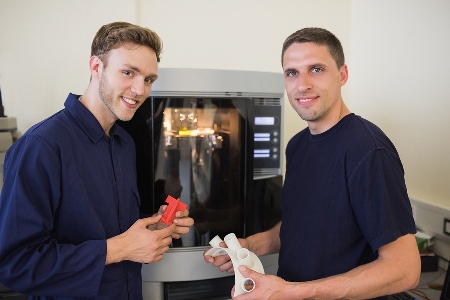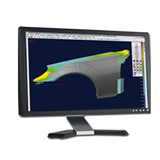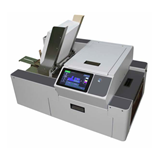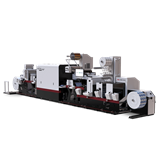With 3D printing technology allowing businesses to create products and parts on site, it's safe to say it's fast becoming a game-changer.
Here, we take a look at six specific ways that 3D printing is influencing and revolutionising manufacturing.
Skill learning
As 3D printing technology allows for on-site production, a need will likely arise for employees with higher skill levels and more advanced skill sets. This applies for technicians, designers and engineers alike as the development of machining continues to advance and progress.
Alternatively, current employees in these positions can also opt to learn new skills in order to adapt to the changes that 3D technology will bring into their respective companies.
Automotive
3D printing has made an appearance in the automotive industry as heavy-duty parts and prototypes have been used for intense engineering thermoplastics purposes.
PolyJet technology, a 3D printing process that jets and cures thin layers of liquid photopolymer with UV energy, is being utilised in the car industry. This technology is able to print in 16 micron layers and in dual durometers for multi-material parts.
The capability of 3D printing technology to print more than one material in a single instance makes it a powerful asset in manufacturing.
Aerospace
Plans are in the works for 3D printing to be used outside of planet earth. There are talks to utilise 3D printing technology for food on longer trips to foreign planets, or perhaps to set up a printer on the international space station. The possibilities are endless and it will be exciting to behold how this will unfold.
Environmental benefits
In general, 3D printing has the power to create a greener world, as it gives us the opportunity to build lighter aircraft parts which will consume less fuel and overall emit lower levels of CO2.
Producing more products locally also minimises the need to ship materials from one part of the world to the other. Digital storage of blueprints also cuts back significantly on storage space.
Utilising 3D print technology allows companies to be more precise about only using the specific materials that are required to create a specific product, eliminating any unnecessary excess or wastage.
Healthcare
The medical field is undoubtedly one of the most significant areas in which 3D printing technology is making waves in. As more and more prototypes for surgical guides experience success, healthcare is slowly but surely being transformed.
Medical devices that run the gamut from soft to hard and long to short are being manufactured in record time and their quality is highly impressive. 3D printed prototypes for human body parts are also being refined.
But wait, it's not merely physicians who are reaping the benefits of 3D printing technology. Dentists have much to rejoice in as well with the production of 3D scanned models being at an all-time high.
Manufacturing orthodontic appliances with the use of 3D printing technology has also progressed by leaps and bounds. Patients are much more comfortable as dentists are now able to produce comprehensive models of their mouths and decide on the most optimal course of action without inconveniencing patients.
Repair and maintenance
3D printing technology has the power to change manufacturing as it can be offered by companies as a repair and maintenance service. To be more specific, as blueprints can be downloaded by companies via their 3D printing machines, this eliminates the need to pay for maintenance services from an outside contractor or service provider.
Repair and maintenance can instead be conducted in-house and allow companies to save a significant amount in terms of expenditures in the process.











